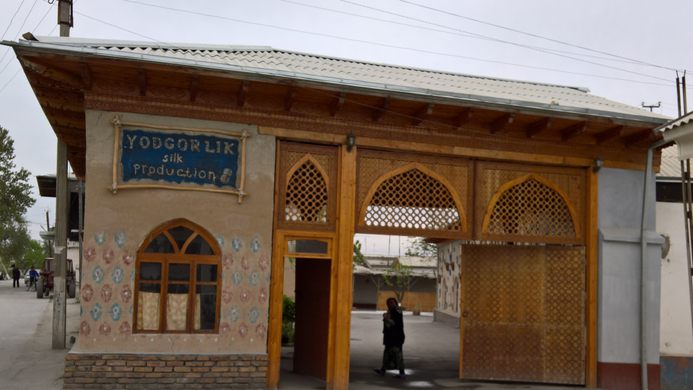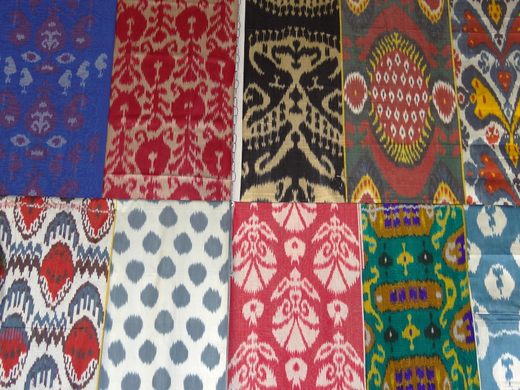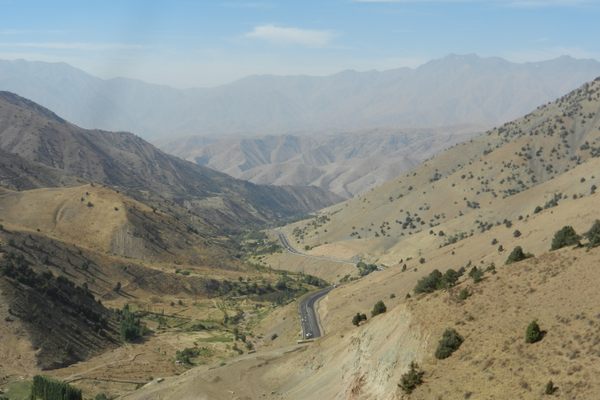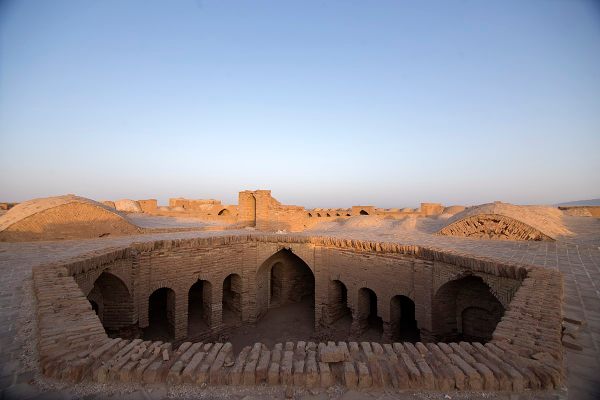Yodgorlik Silk Factory
Witness traditional silk production in the Uzbek city that's been a hub of sericulture for over a thousand years.
Since medieval times, the ancient city of Margilan in Uzbekistan’s Fergana Valley has been known for its fabled “Khan-atlas,” or “royal silk.” Its factories still produce the famous handmade silk today, and at least one of them continues to use age-old methods passed down from generation to generation.
Ringed by the Tien Shan mountains to the north, the Gissar Alai to the south, and watered by the Syr Darya river and its tributaries, the beauty of this fertile valley is legendary. Babur, the founder of the mighty Moghul Empire that ruled much of the Indian subcontinent for over 300 years, was born in Fergana Valley and eulogized its beauty in his memoirs.
From the reign of the Chinese Han dynasty onwards, the region was traversed by ancient trade routes from China. Caravans laden with silks, teas, and spices came through the mountain passes and crossed the valley, heading to destinations in the Middle East and beyond. Bales of lustrous, richly hued Margilani silk were certainly among the precious merchandise picked up by the caravans on their journey westward.
The specifics of how the Margilani people acquired the secrets of sericulture, as practiced by the ancient Chinese, are not known. But given that the market towns and caravanserais along the silk routes not only facilitated trade but also allowed for cross-cultural interactions and the dissemination of ideas, it’s easy to see how the transfer of knowledge may have happened with the right inducement. Over a thousand years later, Margilan’s “Yodgorlik” factory (which means “souvenir” in Uzbek) still uses these traditional methods of silk production.
A tour of the factory usually begins at the venerable 140-year-old mulberry tree. From there you can see each step of the process, which is all done by hand: boiling the cocoons of the silkworms and extracting the silk thread, spinning and dyeing the silk, using vegetable dyes and sometimes crushed minerals, and lastly weaving the colorful ikat fabric on traditional looms. Since Fergana Valley is also a major producer of cotton, the Yodgorlik factory also produces a fabric that is a blend of cotton and silk, called “Adras.”
Know Before You Go
Driving from Tashkent to the city of Fergana is recommended; Margilan is less than a half hour away from Fergana. Though the drive may take up to six hours, including pit stops, the scenery is breathtaking and not to be missed. Come springtime, the mountainsides are ablaze with red tulips, which grow wild in these regions.





















Follow us on Twitter to get the latest on the world's hidden wonders.
Like us on Facebook to get the latest on the world's hidden wonders.
Follow us on Twitter Like us on Facebook